Critics reviews
(Jay Miller, Wine Advocate, May 2011)
(Anthony Rose, The Independent, Hot fizz, 7 April 2012)
The days of sickly fizz are no more - now there are some scintillating alternatives to champagne.
With strains of stone fruit and almonds, this Spanish offering makes a playful aperitif.
(10 best... Sparkling wines, The Independent, 27 July 2011)
The Daily Telegraph, November 2012
About this WINE

Bodegas Gramona
Gramona are acknowledged, in Spain and beyond, to be the the finest of all Cava Houses (voted among the Top of 100 Wineries of 2010 in the Wines & Spirits magazine).
Fine Cava, I hear you say, is that not something of an oxymoron? Can they really make fine sparkling wine in Catalonia, when the Champenois have for centuries insisted that the climatic conditions at 49 degrees of latitude are essential for that gentle pirouette of tension between acidity, sugar and fruit which is necessary for the creation of the very finest of sparkling wines.
In addition, Cava, from the seventies onwards, has grown on an industrial scale, neglecting, in the quest for volume, those finer artisanal features which underwrite all of the world’s best wines. Gramona is an extremely honourable exception to this flight from quality and Jaume and Xavier Gramona, from the fifth generation of a family which was created in 1881, are extraordinarily competent winemakers and very fine ambassadors.
Ambassadors who are both trained in oenology and passionate about their wines and about redefining the reputation of the Cava category. To this end, they take advantage of the best Penèdes locations, specifically La Plana and the steep slopes of Mas Escorpi, and an approach to winemaking which centres on extensive ageing and low levels of sugar.
Indeed the wines are aged in the Champagne method, that is to say in bottle on the yeast that has allowed the second fermentation and for a period of between 18 months and ten years. Only the very best Vintage Champagnes benefit form this kind of regime, and it should be no surprise, therefore, that the Gramona wines can take on qualities more usually associated with the most regal of their Champenois cousins.
For those who associate Cava with earthy, almost rubbery flavours, the legacy of mass-market mediocrity, this will come as something of a surprise. Instead the wines are astonishingly complex and take on nutty biscuity and autolytic notes, with exceptional balancing acidity and low levels of added sugar in the name of structural harmony.
The Gramonas have not achieved this by evading their heritage; on the contrary, it is an alchemical manipulation of the historical grapes (Macabeo, Xarel-lo and Parellada) added to a little Chardonnay, that has forged a distinctive style. These are great wines and a source of as well as for great celebration as they broaden the quality sparkling wine category, fuelling it with interest and diversity

Cava Blend
Parellada, Macabeo and Xarel-lo are the dominant grapes used in the production of the Spanish sparkling wine Cava. Other grapes that are allowed in the blend are Chardonnay, Pinot Noir, Garnacha, Monastrell and Subirat (loosely related to Malvasia). Single varietal cavas tend to be made by 100% Macabeo (which is also the preferred grape for Cava, typically forming at least 50% in multi-varietal blends).
Cava can be white or rosé, the latter is produced by adding in still red wine sourced from Pinot Noir, Garnacha, Monastrell or Trepat into the fermented sparkling wine prior to bottling.
Over 95% of Cava production originates from in the Penedès area in Catalonia. Aside this, a further eight different regions throughout Spain are also producing small quantities of Cava. The village of Sant Sadurní d'Anoia is home to many of Spain's largest production houses , led by Codorniu and Freixenet.
Bodegas Gramona are acknowledged, in Spain and beyond, to be the the finest of all Cava Houses (it has recently been voted among the Top of 100 Wineries of 2010 in the Wines & Spirits Magazine. The essence of their winemaking approach centres on extensive ageing and low levels of sugar, just like many finest Champagnes.
Only wines produced in the traditional method (méthode champenoise) are awarded the DO (Denomination Origin) Cava, those produced by other processes such as tank fermentation, may only be labelled vinos espumosos (sparkling wines).



Buying options
Add to wishlist
Description
Gramona, Brut Nature, Gran Reserva Cava is made from 50% Xarel-lo, 45% Macabeo and 5% Chardonnay. This is benchmark Gramona style, a wine that has aged for a year in French oak and then for 30 months in bottle. Greenish yellow of hue, with lemony reflections, the wine has an attractive nose of white fruit and fig.
The palate is dominated by stone fruit notes with hints of almond and sourdough. The naturally ripe fruit finds a perfect counterpoint in the zero dosage, that is to say lack of added sugar. The ripeness is all, as someone once said.
(Simon Field MW, BBR Buyer)
wine at a glance
Delivery and quality guarantee